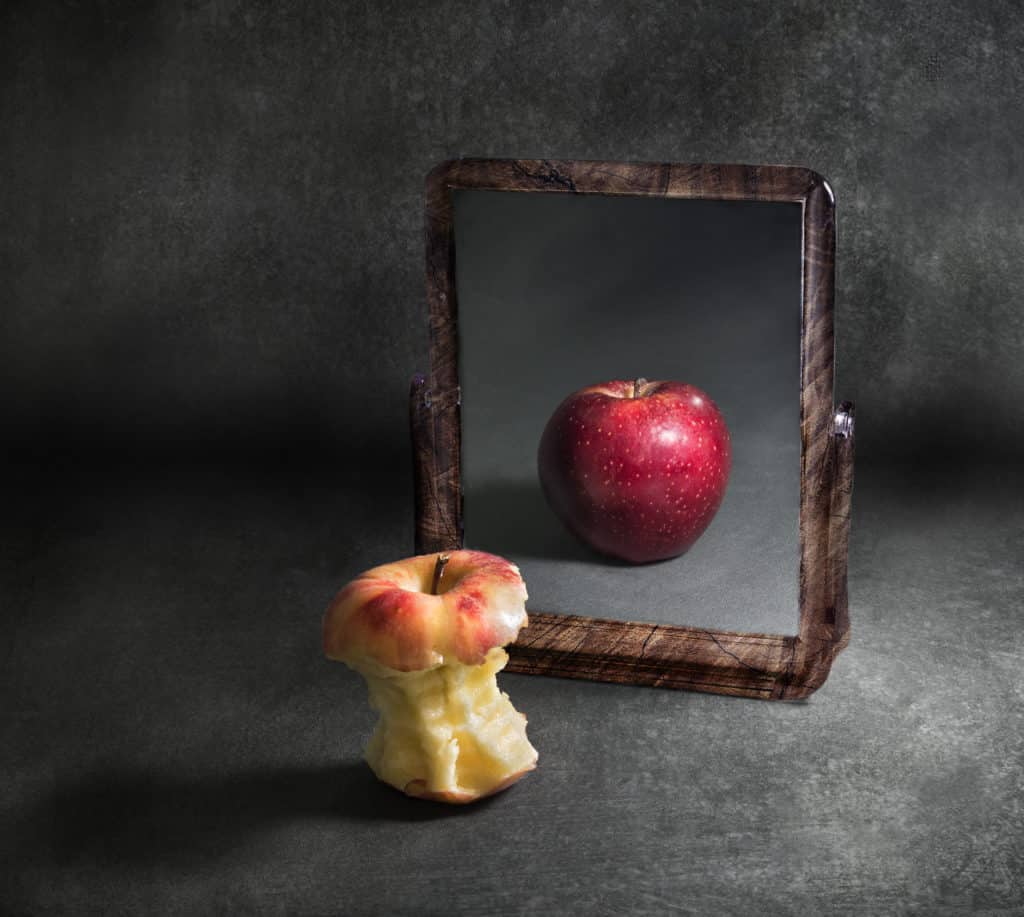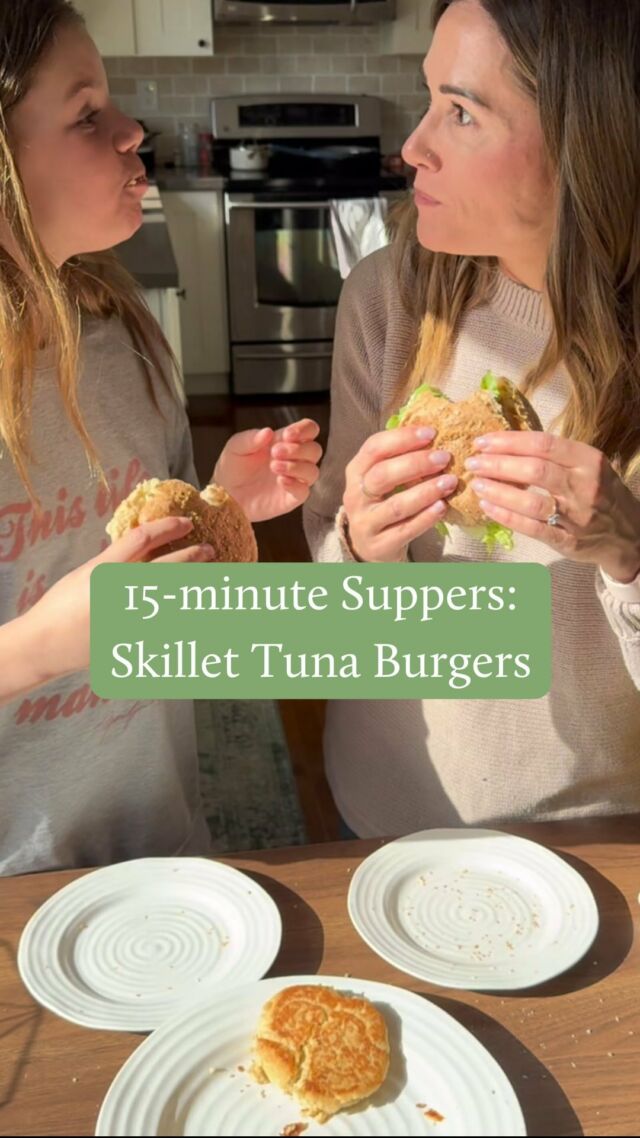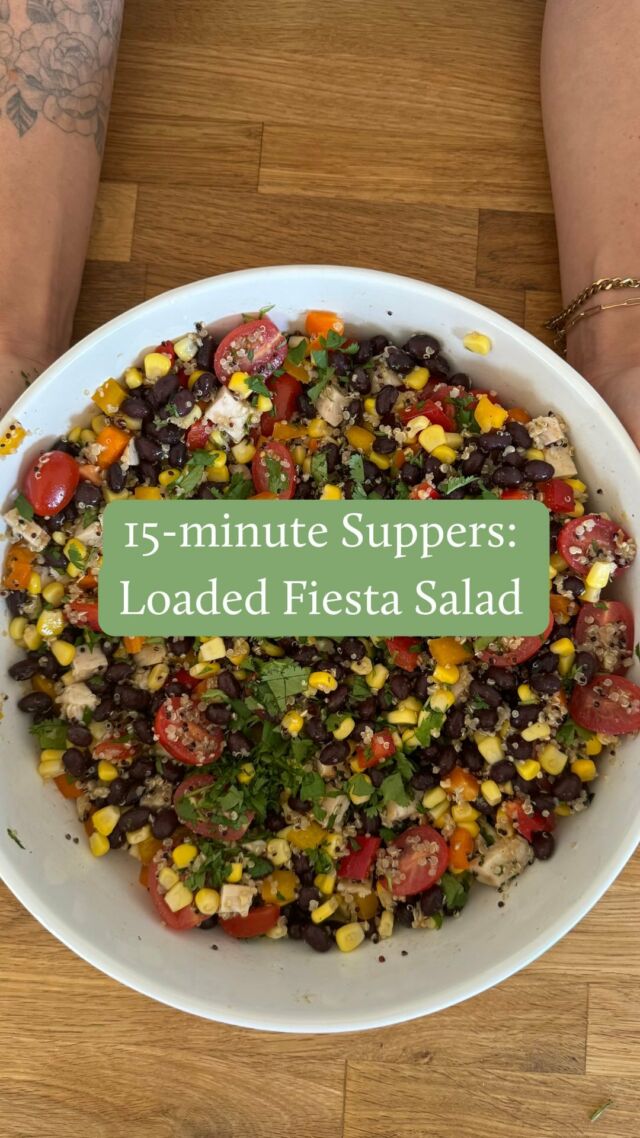If you want to raise children who have a positive relationship with food and body, creating food neutrality at home is important. Here’s how to do it.

You might be wondering “why is food neutrality important? Why is it something that I should consider implementing at home with my kids?” I think it’s safe to say that most parents want their kids to learn to love a variety of foods and to have a positive relationship with food and their body long term. However, diet culture gets in the way when we try to teach our kids about food and nutrition. This is where food neutrality comes in. Practicing it is something you’ll want to explore and familiarize yourself with to help you raise intuitive eaters without diet culture.
Need personalized nutrition support?
Book an appointment with one of our pediatric dietitians today!
The issue is “diet culture”
It rolls off your tongue so easily, doesn’t it?
- “Broccoli is healthy ”.
- “No more candy—that’s too much sugar!”.
- “Spinach is good for you”.
Foods have been associated with labels for decades, largely thanks to diet culture. Labels such as “good”, “bad”, “healthy” and “unhealthy” place foods on a hierarchy and attach moral value to them. Using these terms with our kids perpetuates diet culture, disrupts their ability to eat intuitively, and can lead to disordered eating.
One of the things that diet culture has taught us is to place foods on a hierarchy and attach moral value to them. So, “healthy” foods (those that are unprocessed and nutrient-rich) are “good”, and foods that lack nutrition or are ultra-processed are “bad”.
As a generation who grew up with a mentality about health that was deeply rooted in diet culture–one that suggested or taught us that our weight and size determined our health status– it’s important to be mindful of how we may be unintentionally passing this along to our little ones.

Parent of a pre-teen or teen? Need help navigating the muddy waters of body image?
You’re in the right place. Sign up for my emailing list to get my scripts printables collection directly to your inbox (for free!).

What is food neutrality?
Food neutrality essentially means that all foods, regardless of their nutritional composition, have the same moral value. So, no foods are inherently “good”, “bad”, “healthy” or “unhealthy”. They are just… food! Food neutrality is about detaching moral value or judgement from a food, and the person eating that food.
Why food neutrality?
Ultimately, we want our kids to:
- Be calm around treats and sweets.
- Feel confident in their eating abilities.
- Grow into the body that is right for them.
- Learn to love a variety of foods on their own.
- Listen to their bodies when it comes to amounts and learn how to self-regulate.
- Not feel shame or guilt for eating certain foods.
- Not attach their eating or weight to their worth.
- Know that food is valuable in many ways.
All those goals can be undermined when we label certain foods as “bad” or “unhealthy.” When we do that, kids can start to feel guilty and ashamed for wanting to eat these foods, which then can translate into confusing and conflicting thoughts around food and their body. It can lead to things like picky eating tendencies, food sneaking or hoarding, chronic emotional eating, and disordered eating. Not at all what we want for our kids.

Health is multifaceted: It’s not determined by body weight, size or shape
Now, as we take this food-neutral approach with our kids there are three important principles to keep in mind.
1. ALL foods offer some form of nutrition
Even if it’s candy, it still contains carbohydrates, which is an essential macronutrient that we need for fuel and energy.
2. Food is valuable for reasons other than just nutrition
Think about the pleasure, joy, memories and connection that occurs with food. I have so many amazing memories centered around food, such as trips to a road-side fish taco shack in Hawaii and enjoying smores around a summer campfire with my family. I remember bonding with my grandmother as we baked homemade cookies together, and enjoying ice cream cones at the lake. All valuable.

3. Health is multifaceted
It isn’t only determined by nutrition or physical activity. There are so many determinants of health such as socio-economic status, genetics, level of privilege, amount of stress and sleep habits. Health also means different things to different people at different times.
What is “healthy” for one child may not be “healthy” for another. Take a child with food allergies or intolerances for instance. Saying that whole wheat bread is “healthy” or “good” is 100% untrue for a child who has Celiac Disease. In fact, this type of food can be very harmful for them.
So if a child with Celiac Disease hears this message, they may wonder “If I can’t eat whole grain bread, does that mean I’m not healthy?” Remember, kids tend to be very concrete thinkers. Another example is a kiddo who lives in a home where there is food insecurity–meaning they don’t have regular access to foods we typically label “healthy” or “good.” If that child consumes more ultra-processed foods because this is what they have access to, they may feel as though they themselves are “unhealthy” or “bad” if that’s the way society labels the food they eat. Or just think about a scenario that happens all the time … Your child is over at a friend’s house and their friend’s parent offers brownies as a snack. Because your child has been taught that brownies aren’t healthy, and they have too much sugar, your child may feel conflicted. They want to enjoy a brownie with their friend, but then feel guilty or “bad” for wanting one, which creates undue stress and emotional turmoil. Ask yourself this: is the stress that a child experiences around eating or not eating the brownie worth it? Or is it actually healthier to just enjoy the darn brownie? Sometimes a different mindset or perspective can change everything.

How to change the “food narrative”
Instead, can we encourage our kids to explore and learn to love a variety of foods, rather than focus on nutrition? While the nutrients in food are valuable and shouldn’t be ignored by the feeder, we don’t need to glorify them or shine a bright spotlight on them in order to raise healthy, intuitive eaters.
We can also explore the physical properties of food with our senses. Think flavour, mouth-feel, texture, and smell. Descriptive and neutral terms to use around food might be “bright and colourful”, “crunchy” or “soft”, “buttery” or “doughy”, “flaky” or “tender”. You could say something like “I love how snap peas are so crunchy” or “I love it when cookies come straight out of the oven and are soft and gooey”.

What about nutrition?
As a parent myself, I can understand your concern about discussing the importance of nutrition with your child. It seems like our responsibility to do so, but the truth is that young kids often struggle to grasp these complex concepts, and that’s perfectly normal.
Food neutrality does not mean ignoring nutrition altogether
What food neutrality does NOT mean is dismissing nutrition all together and only serving treats all day. Nutrition is not lost here – after all, I AM a pediatric registered dietitian. Proper nutrition is crucial to a child’s ability to grow, develop and thrive. But WE are the feeders. Adults are in charge of what is served, when it is served and where it is served.
Our children decide if and how much they eat. It is our job to serve a variety of nutritious foods several times a day. So, our children will have plenty of opportunities to enjoy and explore these foods, without you having to shove the healthy lingo down their throats (so to speak).
As parents, we generally know what foods are nutritious and important for growth and development. For example, we know that broccoli has more nutrition than jellybeans, and unprocessed chicken breasts are more nutrient-dense than deep-fried chicken wings. However, that doesn’t mean that we have to tell our kids that they are “good” or “healthy”. We mustn’t vilify less nutritious foods and pressure our kids to eat only what we consider “good” foods like fruits and vegetables. In fact, labeling them as such might just translate in their brains as “yucky” (cue picky eating). This approach can also make children feel guilty or bad for enjoying treats like jellybeans or fried chicken wings.
All that we have to do is normalize them: serve them, call them by their name, eat them and create a positive eating environment. Let them do the rest!
Meet children where they’re at
Take heart health, for example; children lack the context to understand it or the implications of chronic diseases. Terms like “heart-healthy” or “good for your heart” may go over their heads. Furthermore, using such language can inadvertently become manipulative, pressuring them to eat certain foods, like fruits and vegetables, out of fear that something bad might happen if they don’t comply.
Well-intentioned health professionals sometimes refer to specific food groups or colours as having special benefits to teach kids about nutrition without promoting dieting. However, this approach is unnecessary and can exert undue pressure. Moreover, it oversimplifies things, creating misconceptions.
Kids think concretely, so when you say, “carrots help your eyes see better,” they might interpret it as “carrots are the ONLY food that improves my vision, and if I don’t eat carrots, my eyesight will be bad!” This well-intentioned comment becomes misleading, coercive, and fear-inducing.
Concrete thinking can lead to confusion, where a child might believe that all foods of a specific colour share the same benefits. This can create a dilemma for parents, as they may have to classify foods as healthy or unhealthy, which goes against our goal of promoting a balanced view of food. We also want to avoid fixation on nutrition in our kids.
On a side note, if you have a child interested in food and nutrition, they have the right to explore the subject without diet culture. Kid Food Explorers, founded by my colleague Dani Lebovitz, RD, is a great resource hub for parents and educators, supporting children under 12. She offers printable activities, placemats, and books to teach kids about food positively.
In conclusion, we should approach nutrition discussions with our children in an age-appropriate and non-coercive manner, promoting a positive relationship with food and overall well-being.

Practicing food neutrality is not going to be perfect
No one is expecting perfection. You’re only human! And you’ve also lived and grown up in an era where diet culture was (and still is) pervasive. These diet-culture ridden ideas, narratives and messages are deeply ingrained and it takes time and patience to “unlearn” them. Give yourself some grace and just practice awareness. Self-reflect, notice and ask yourself where your words are stemming from, what your fears are and which nutrition “rule book” you’re following. Challenge your deep-rooted beliefs and keep an open mind. Your children will thank you!
FAQ about food neutrality
Remember that all foods fit and serve a purpose. You can talk about sweets and treats in a neutral way by shifting the focus away from nutrients and towards the experience that food brings. For example, “Chocolate gives our bodies quick energy, which means that it doesn’t last very long. It melts in your mouth and reminds us of the holidays.”
Teaching kids about food neutrality as early as possible is a great step towards helping them develop a more positive relationship with food. But how do you teach about it? You role model it through the language around and actions you take with food. For starters, don’t label foods good or bad, healthy or unhealthy, or sometimes or everyday foods. This places judgment on foods. Instead, call foods by their name. For example, a cookie is a cookie, and an apple is an apple. You can also model yourself as the adult enjoying a variety of foods (including sweets) in front of your kids. You can also model food neutrality by practicing the Division of Responsibility, which allows kids to decide how much and whether they eat based on what is provided to them.









Comments
Shannon says
Thank you Sarah! So helpful. It’s a challenge around here that we are really trying to overcome.
Sarah Remmer says
Thank you so much for taking the time to read this, Shannon!
Ruth Bezdjian says
Please write a book about food neutrality so I can use it easily as a reference .
Sarah Remmer says
Thanks for your kind feedback, Ruth!